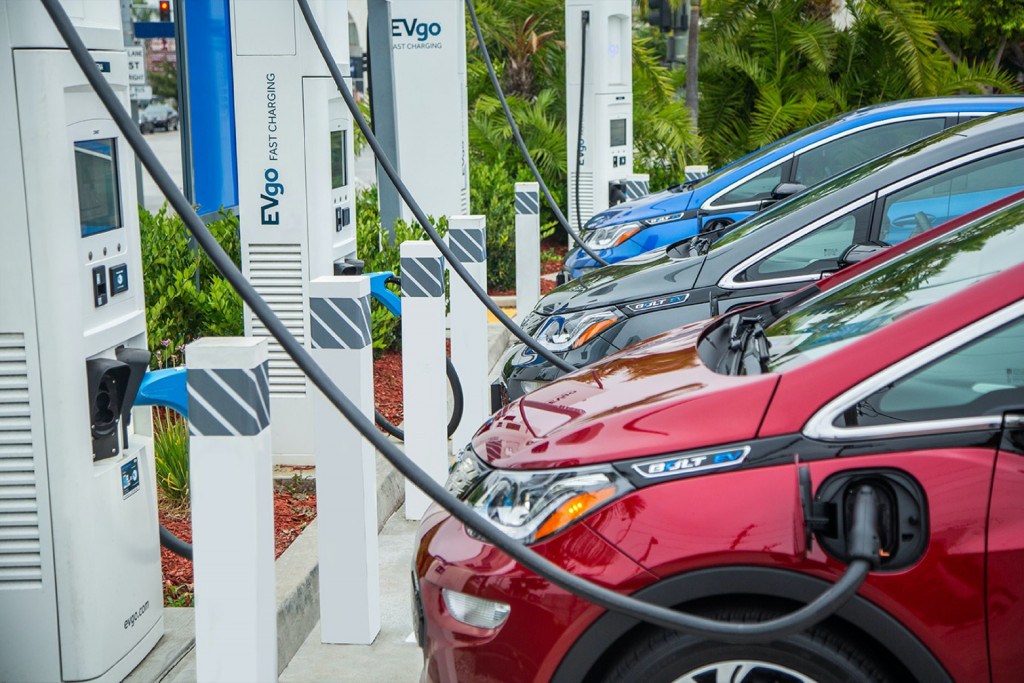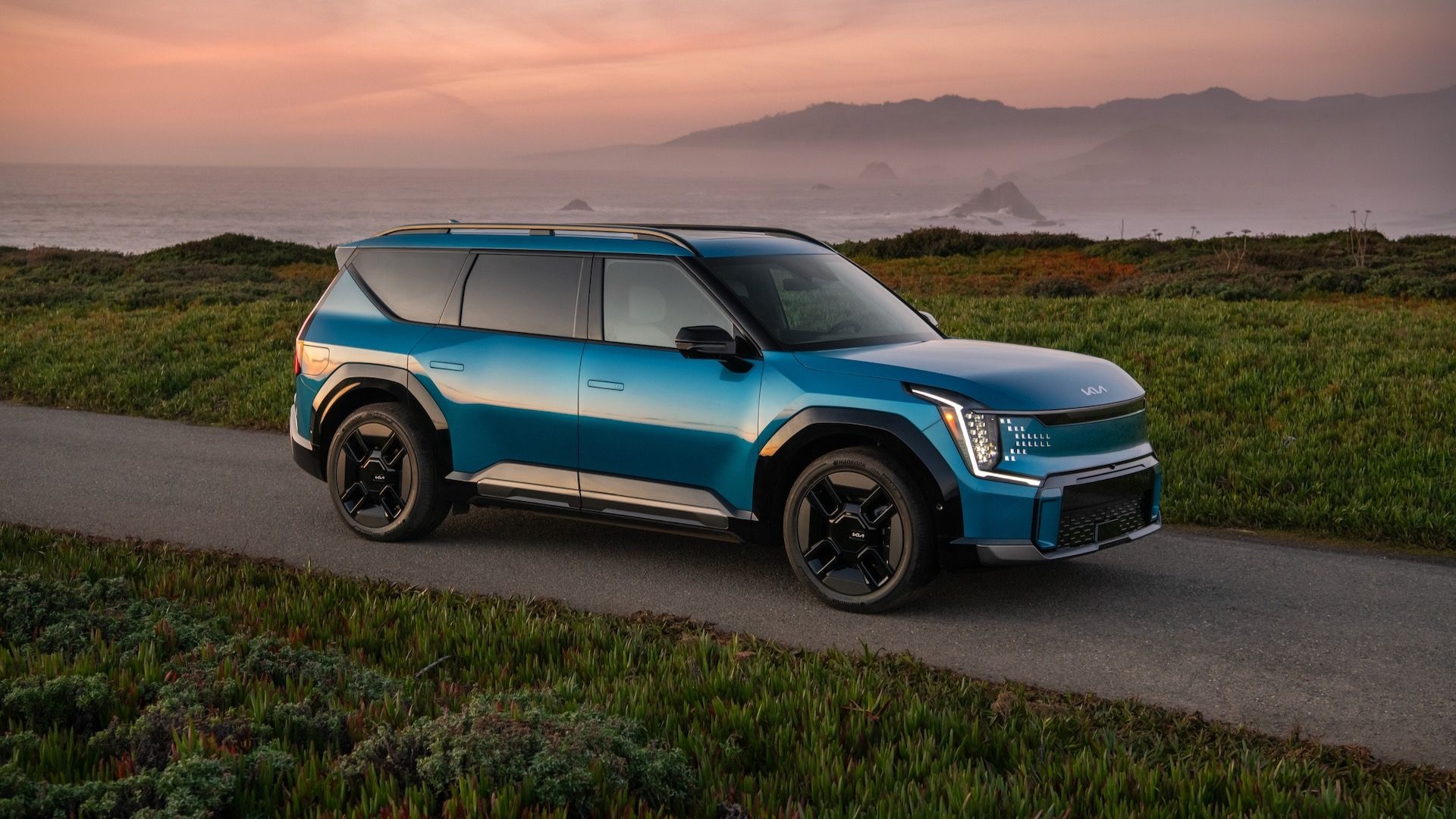DC fast charging can make owning an electric car more convenient, but the cost of using it can be substantially higher than slower Level 2 AC charging.
A new Massachusetts state law aims to address one of the main reasons why. It's not so much the hardware cost or the siting, but the so-called "demand charges"—premiums charged by utilities for sudden spikes in demand beyond what charging locations normally demand, causing utility bills to skyrocket.
A transportation bill recently signed into law by Governor Charlie Baker calls on utilities to develop alternative rate structures for DC fast-charging stations, which can be saddled with high rates due to uneven demand.
Some networks have tried to address this by adding onsite battery packs to supplement grid electricity. EVgo has tested battery buffers to help balance power demands, and thus minimize demand charges, while FreeWire Technologies markets a battery "booster" that increases power output from a standard grid connection.

GM and EVgo expand major-metro fast charging
Massachusetts utilities have 180 days to file rate proposals to lessen the potential for demand charges. However, favorable regulations in one state will only make so much difference for national charging networks.
Allowing some sort of roaming or reconciliation on demand charges would allow large charging networks like Electrify America to potentially negotiate bulk deals with larger utilities. That's really not possible now for charging networks that operate stations nationwide, across multiple utilities' territories.
As we've noted in the past, demand charges don't represent the actual cost of peak energy to the user; they're prohibitive measures originally imposed for industrial users, to make sure they paid and committed to the peak electricity they needed, among other reasons.
Massachusetts aims to put 300,000 electric vehicles on its roads by 2025, part of a goal to become carbon neutral by 2050. It's also part of a coalition of 15 states (and the District of Columbia) aiming to make all new medium duty and heavy-duty trucks sold within their jurisdictions electric by that year.












